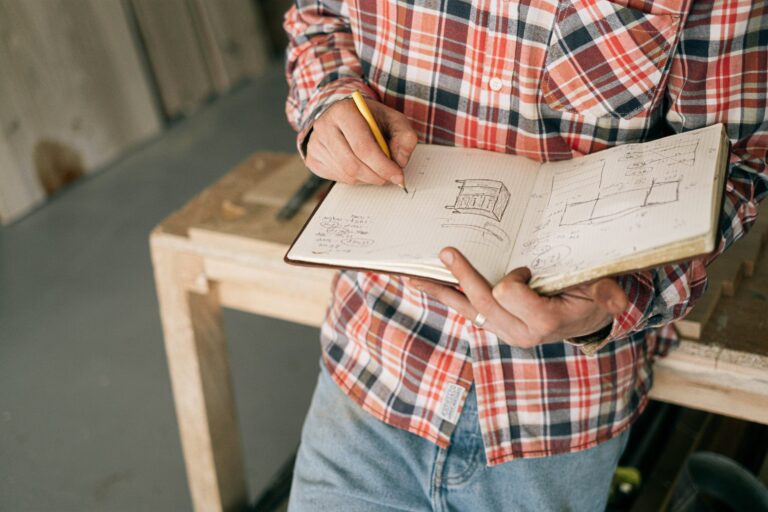Do not purchase building materials in cheap construction markets: the price will be lower than in hypermarkets or stores, but the quality will also be very low. It is best to buy in large construction markets that do not risk their reputation and cooperate only with trusted suppliers. In addition, for many products you can ask for a guarantee.
You need to purchase material with a margin: add another 15% of the total calculated volume of building materials.
Certifications are very important: if you choose laminate, tile, check that the batches match so that the colors and patterns match exactly.
Doors must be the best! It is the doors that are very difficult to install and, in case of any shortcomings, to dismantle. Especially do not save on the front door to the apartment.
Choose bathroom accessories carefully: give preference to proven materials and brands.
Heating elements, first of all, should warm, and not be beautiful. Choose radiators by power and install high-quality equipment for heating your apartment.

Do not skimp on mortars: primers, fillers, whitewash, etc. It makes no sense to glue expensive and good tiles on the cheapest glue – invest in mortars for finishing work so that everything holds tight, stays dry and durable.
Apartment renovation stages and their sequence
And the most important thing is to plan the repair stages in time:
- Surface preparation: remove old paint, wallpaper, whitewash the ceiling, remove old linoleum or paint from parquet.
- Alignment of the ceiling, walls and floor: after the old coating is removed, all surfaces must be made even.
- Replacement of windows and doors (entrance and interior).
- Dismantling and installation of partitions.
- Decorative wall decoration: wallpapering, painting.
- Installation of flooring: parquet, laminate, linoleum or carpet, installation of skirting boards.
- Ceiling installation.
- Do it yourself or leave it to the professionals
Doing repairs yourself is a very brave thing. But if you have experience or can ask knowledgeable friends for advice, then why not give it a try? To do this, you can watch the “School of Repair”, study popular blogs or read books on repair and design.
If you turn to specialists, then it will be a team: rough work and finishing tasks are performed by one team, and craftsmen are invited for plumbing, electrical and tiling work. They stretch the ceiling or install the front door, usually specialists of the companies where you made the order.
Get to know the team ahead of time – see what projects they’ve done before, call and ask for references. Talk to the foreman and ask what materials the foreman worked with. If the reviews suit you, then discuss all costs and agree on an estimate. Remember that the increase in costs varies between 5-10%, with large-scale dismantling – up to 20%. And of course, draw up a contract with a list of work, deadlines and team responsibility for quality.

What to do with things
Repair and things are incompatible. Therefore, the issue with furniture and things must be resolved in advance – they must be removed from the room in which you plan to make repairs. To do this, choose one of the options – depending on your situation:
- move to the next room;
- carry to the balcony or loggia;
- put everything in the pantry;
- ask to hold things from neighbors or acquaintances;
- take to the garage
- to the cottage;
- to a country house;
- put in a box or cell for storage;
- into a container;
- hand over to a warm warehouse.
Each option has its pros and cons. For example, if there are few things, then they can fit in the pantry and will always be at hand, which is convenient. If you are doing repairs in the summer, it is convenient to put everything on the balcony. If there is a lot of furniture and things, it is very inconvenient and difficult to drag them somewhere (you will have to order a truck), then it is easier to use a storage service that has a delivery service so that things are taken directly from home.
